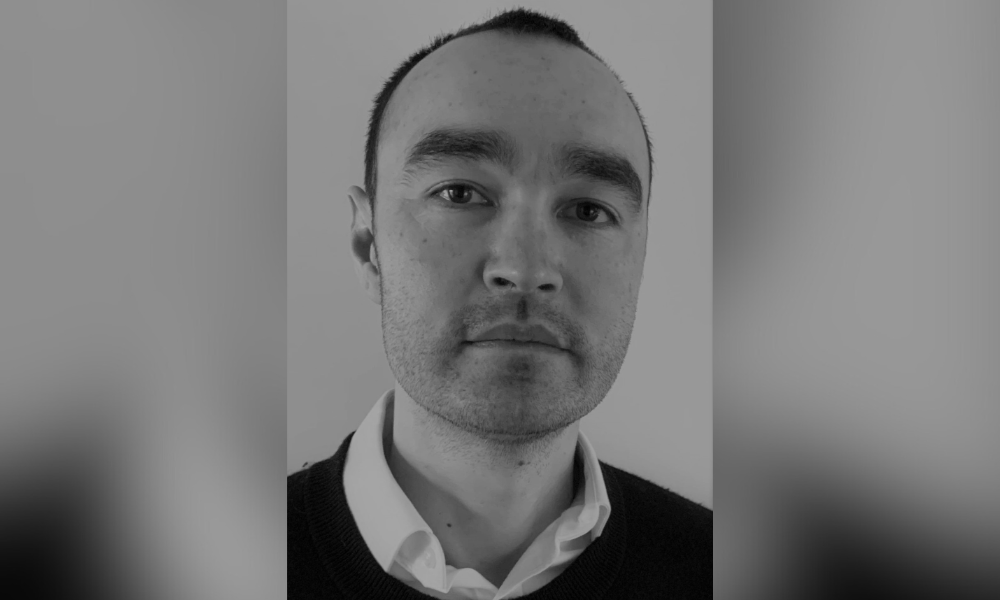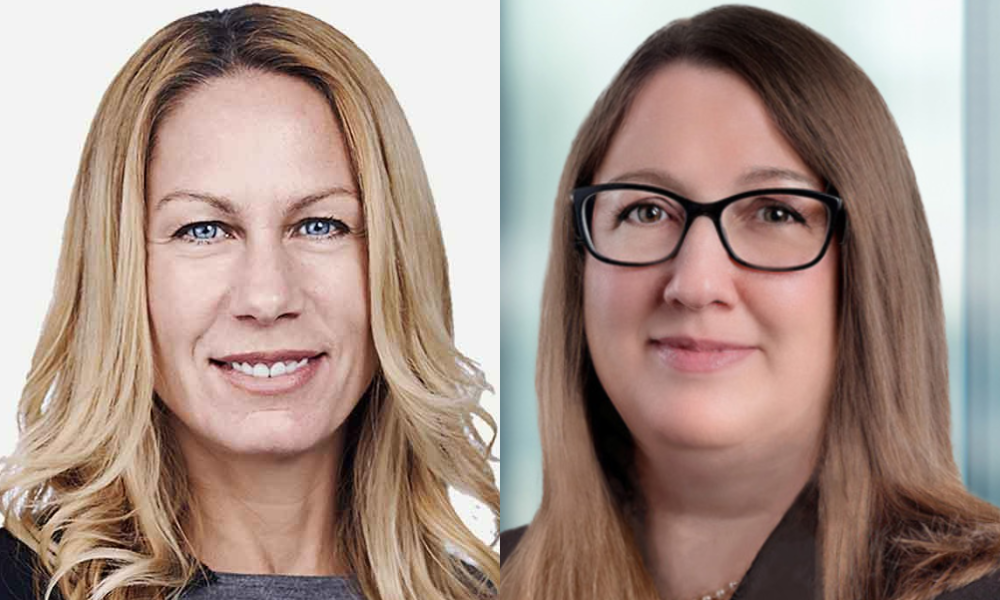In the last five years, the business of big construction has changed dramatically and the level of risk has spiked.
It wasn’t so long ago that 10 per cent of projects undertaken by Aecon Group Inc. were valued at less than $150 million — today, more than half are valued at more than $150 million.
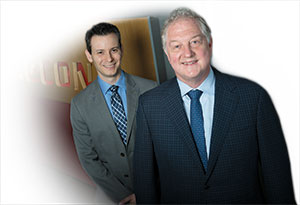 “They are bigger, more complex and take longer to complete,” says Brian Swartz, executive vice president, legal & commercial services with Aecon Group Inc. “The teams work a lot more diligently in putting together the bid proposals in order to be prepared for such complex projects.”
“They are bigger, more complex and take longer to complete,” says Brian Swartz, executive vice president, legal & commercial services with Aecon Group Inc. “The teams work a lot more diligently in putting together the bid proposals in order to be prepared for such complex projects.”
Aecon Group Inc. is engaged in large, often multi-billion-dollar construction projects across Canada. The more complex the project, the higher the risk profile — projects covering tens or hundreds of kilometres can confront any number of issues in the ground, including problematic soil conditions or buried utilities. Critical structures such as bridges or dams and technically complicated systems such as Light Rail Transit systems require integration with teams of designers. Receiving equipment and materials procured by the owner from offshore creates co-ordination and quality management challenges.
Against that backdrop of extremely complex operations, the industry in recent years has moved to more aggressive contracts that shift risk to the contractor while providing only very narrow avenues for relief.
Although Swartz says there is a thorough job done in reviewing the projects at the project review committee level at the senior executive level, as the projects have became more complicated, the same level of detail was not always available from those involved at the project control level as well as insurance, finance, the estimating team and bid team.
Swartz decided a more complex process should be put in place and he met with Aecon’s deputy general counsel Yonni Fushman with the idea to enhance the risk review process.
“There’s been exponential growth in the complexity of projects,” says Fushman. “When I started 10 or 11 years ago, it was a big deal to get a $100-million road job in rural Ontario, and last year, we were awarded the $5-billion Eglinton Crosstown job. You can imagine the difference in complexity between a road job and a complex transit job running right through the middle of Toronto.
“You go from a 100-page contract to a 3,000- to 4,000-page contract. We needed to evolve in terms of our communication of risk to senior management so that they were completely informed as to the risks that we were entering into,” says Fushman.
He envisioned Project Excelsior and the following programs were created to change the risk management standard of the organization: a Commercial Risk Committee (to review significant risks and provide guidance); training of project execution personnel; collecting lessons learned across projects; a Risk Evaluation Committee (to monitor projects during execution); enterprise risk management to identify risks, generate a heat map and assign risk weightings; a Risk Committee of Board of Directors; and to ultimately develop a compliance function.
Excelsior is seen as being innovative in the construction industry — a sector that doesn’t necessarily embrace change. It involved the organization from the board and senior executives through to those who execute the projects. Risk review committees, training and risk management invites participation of personnel with multi-disciplinary backgrounds from throughout the business, and the legal department takes the lead in the education development and enterprise risk-management analysis.
“I think we’re at the cutting edge in terms of leading the way in communicating risk to the organization and bridging the gap between legal, technical risk, and construction field experience,” says Fushman.
He says the goal is simplicity. “What we’re trying to do is take thousands of pages of contracts and complicated commercial agreements negotiated during tens of hours of calls with dozens of lawyers and simplify it on to a heat map showing what the risk profile is and showing the delta between what you consider a standard risk and what the new reality is. I think that’s where the innovation is — in the simplicity of communication,” he says.
In the short term, Fushman says, it is expected that the risk identification function of the Commerical Risk Committee will ensure that projects are priced properly and resourced as required to handle the identified risks. In the medium and long term, the training component of Excelsior will develop the next generation of project personnel to have a more sophisticated commercial skillset than their predecessors, which will help the organization identify and mitigate or avoid risk at a granular level each and every day. Overall, in the long run, they expect the program to make a significant contribution to reducing disputes and enhancing profit margins.
To date, the CRC has reviewed 16 projects with values totalling more than $20 billion since launching Excelsior in 2015.
“I think we’ve proven our value to our operational partners, and on a significant project we will staff a lawyer to a job either half or full time, and the lawyer really is there from a risk management perspective, not a purely legal perspective. Having them sit across the hall from the construction execution team — being able to put on their boots and go into the field and see the issue really enables them to perform that risk management role and enhance controls on the project,” says Fushman.
Fushman says what the Aecon internal department has created with Excelsior is not something external counsel could achieve for a client. “This is the value proposition of the in-house lawyer, that we’re so integrated with the business it’s impossible to draw a distinction between risk management and compliance and legal advice — we’re all just rowing in the same boat and sitting in a different seat and I would say this is something external counsel couldn’t assist with because what we’re doing is making risk assessments based on our understanding of the organization’s risk tolerance and temperature. That’s what we do,” says Fushman.
Swartz says the board is now getting more detailed analysis of risk management and a more complete map of the entire risk management across the organization.
The next phase of Project Excelsior will be to spin off into developing a compliance function in 2016.


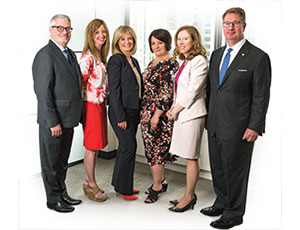 The team leader was Milva Recchi, director, enterprise fraud risk management, who worked closely with BMO’s legal team to create a framework to address the evolving nature of criminal risk across the bank.
The team leader was Milva Recchi, director, enterprise fraud risk management, who worked closely with BMO’s legal team to create a framework to address the evolving nature of criminal risk across the bank. “I think anyone who joins a corporate law department is interested in more than just law — they want to get involved with the business as well,” says Brait. “In everything we do, we try to take that business orientation and look at it strategically and be results oriented and efficient.”
“I think anyone who joins a corporate law department is interested in more than just law — they want to get involved with the business as well,” says Brait. “In everything we do, we try to take that business orientation and look at it strategically and be results oriented and efficient.”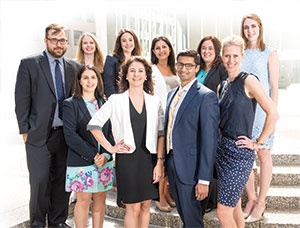 But Chubb’s clients were looking for a different kind of customer relationship that was more prevalent on the consumer side of the business. “We found that our insureds just wanted superlative customer service. We thought that we could pull non-lawyers who were working on the auto claims side to bring an innovative way to handle claims,” says Laila Brabander, senior vice president, head of claims for Chubb Insurance.
But Chubb’s clients were looking for a different kind of customer relationship that was more prevalent on the consumer side of the business. “We found that our insureds just wanted superlative customer service. We thought that we could pull non-lawyers who were working on the auto claims side to bring an innovative way to handle claims,” says Laila Brabander, senior vice president, head of claims for Chubb Insurance.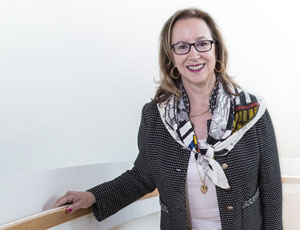 “I know first-hand the challenges women face in the workplace, and I am very proud to be part of an organization that values the development of women and encourages me to foster talented female leaders on my team,” she says. “I strongly believe in career development, promoting internally, expanding roles and lateral moves.”
“I know first-hand the challenges women face in the workplace, and I am very proud to be part of an organization that values the development of women and encourages me to foster talented female leaders on my team,” she says. “I strongly believe in career development, promoting internally, expanding roles and lateral moves.” “From thoughtful handwritten notes to ‘shout outs’ during legal team calls, Tony has mastered the art of appreciation,” says senior legal counsel Nicole Clark who put forward the nomination on behalf of the legal team at Golder Associates Ltd. “Tony regularly recognizes the achievements of his team members. His masterful ability to recognize his team boosts morale and increases productivity.”
“From thoughtful handwritten notes to ‘shout outs’ during legal team calls, Tony has mastered the art of appreciation,” says senior legal counsel Nicole Clark who put forward the nomination on behalf of the legal team at Golder Associates Ltd. “Tony regularly recognizes the achievements of his team members. His masterful ability to recognize his team boosts morale and increases productivity.”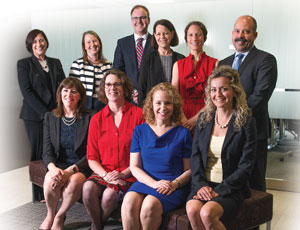 This approach has the secondary goal of rationalizing the cost of external legal spend. As a result, the legal group has transformed the way it engages in discussions with external counsel about the value of advice, not just on one project but by looking at the overall relationship with its chosen legal service providers.
This approach has the secondary goal of rationalizing the cost of external legal spend. As a result, the legal group has transformed the way it engages in discussions with external counsel about the value of advice, not just on one project but by looking at the overall relationship with its chosen legal service providers.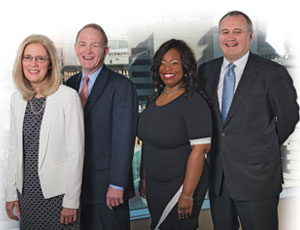 The grievances covered a period of more than four years, were governed by two different collective agreements and involved 12 different positions within a department.
The grievances covered a period of more than four years, were governed by two different collective agreements and involved 12 different positions within a department.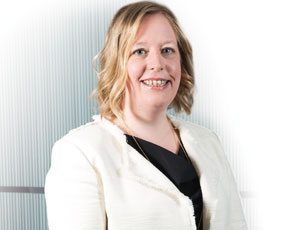 But McGoey, now director, compliance and supervision, BMO Capital Markets, and deputy lead for the Volcker Rule program within BMO Capital Markets, is a quick study. She soon learned about the rule — which essentially prohibits banking entities from engaging in proprietary trading and certain private fund activities, with some exceptions — and managed to oversee its implementation across BMO’s various businesses.
But McGoey, now director, compliance and supervision, BMO Capital Markets, and deputy lead for the Volcker Rule program within BMO Capital Markets, is a quick study. She soon learned about the rule — which essentially prohibits banking entities from engaging in proprietary trading and certain private fund activities, with some exceptions — and managed to oversee its implementation across BMO’s various businesses.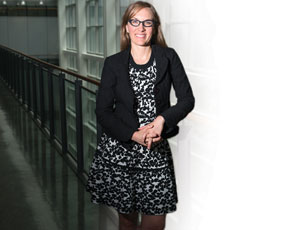 The government-funded organization has existed in Canada for seven years and funded some 700 innovations in 80 countries since its launch in 2010. As of the end of 2015, GCC was looking for renewal funding and “had it not come in, we would have been winding down,” says Mackie, a winner of this year’s Innovatio Award for Tomorrow’s Leaders, small legal departments.
The government-funded organization has existed in Canada for seven years and funded some 700 innovations in 80 countries since its launch in 2010. As of the end of 2015, GCC was looking for renewal funding and “had it not come in, we would have been winding down,” says Mackie, a winner of this year’s Innovatio Award for Tomorrow’s Leaders, small legal departments.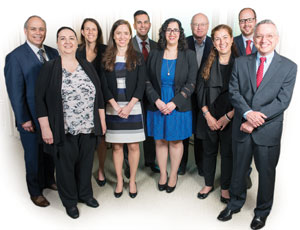 The acquisition had been previously signed and announced Jan. 22, 2015, subject to customary closing conditions, including the receipt of required regulatory approvals and the approval of City National’s common stockholders.
The acquisition had been previously signed and announced Jan. 22, 2015, subject to customary closing conditions, including the receipt of required regulatory approvals and the approval of City National’s common stockholders.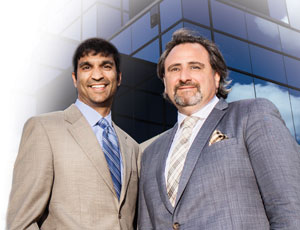 Upon the completion of the deal, Waste Connections stockholders will own approximately 70 per cent of the combined company and Progressive Waste shareholders will own approximately 30 per cent.
Upon the completion of the deal, Waste Connections stockholders will own approximately 70 per cent of the combined company and Progressive Waste shareholders will own approximately 30 per cent.  Tretiak’s Montreal-based legal department has been critical in the development and ongoing performance of the network. Beyond being behind the push to create the network in the first place, the legal department placed a high value on developing the department’s female employees and to this end takes full advantage of what the POWER Network has to offer.
Tretiak’s Montreal-based legal department has been critical in the development and ongoing performance of the network. Beyond being behind the push to create the network in the first place, the legal department placed a high value on developing the department’s female employees and to this end takes full advantage of what the POWER Network has to offer.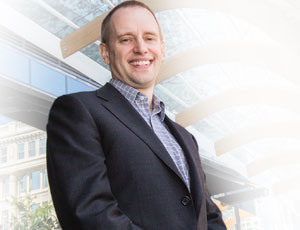 The bureau alleged the defendants had permitted misleading representations to the public by facilitating access to “premium-rate digital content” marketed by third parties (such as ringtones, quizzes and trivia) that consumers “did not intend to purchase and for which they did not agree to pay.”
The bureau alleged the defendants had permitted misleading representations to the public by facilitating access to “premium-rate digital content” marketed by third parties (such as ringtones, quizzes and trivia) that consumers “did not intend to purchase and for which they did not agree to pay.”
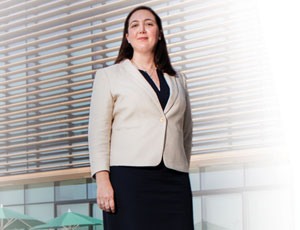 The VMC Secondary Plan was the result of a planning process related to city council’s adoption of the Vaughan Official Plan 2010 in September 2010. The VMC Secondary Plan was adopted by Vaughan’s city council in 2010 and modified in 2012.
The VMC Secondary Plan was the result of a planning process related to city council’s adoption of the Vaughan Official Plan 2010 in September 2010. The VMC Secondary Plan was adopted by Vaughan’s city council in 2010 and modified in 2012.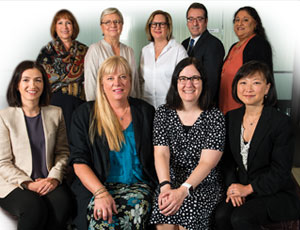 The manager is provided with the questionnaire and guidance on what to consider when approving or rejecting the request. If the manager approves, MCOI routes the request to the compliance department for review. MCOI then communicates the approval decision by e-mail back to the employee and manager. Approvals are also sent to other support areas for regulatory and reporting purposes.
The manager is provided with the questionnaire and guidance on what to consider when approving or rejecting the request. If the manager approves, MCOI routes the request to the compliance department for review. MCOI then communicates the approval decision by e-mail back to the employee and manager. Approvals are also sent to other support areas for regulatory and reporting purposes.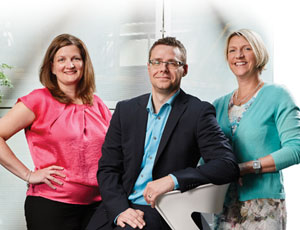 Working in collaboration with a technology supplier, a document retention interface was developed using the Microsoft SharePoint platform. The resulting document management system implemented for the compliance department was named Compliance Repository or “CoRe.”
Working in collaboration with a technology supplier, a document retention interface was developed using the Microsoft SharePoint platform. The resulting document management system implemented for the compliance department was named Compliance Repository or “CoRe.”